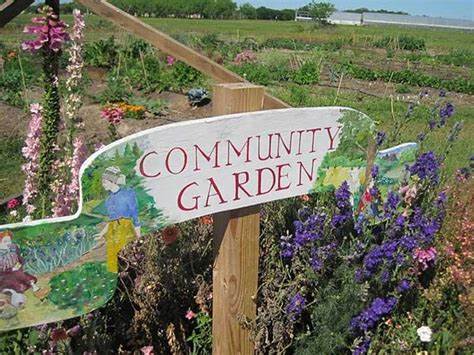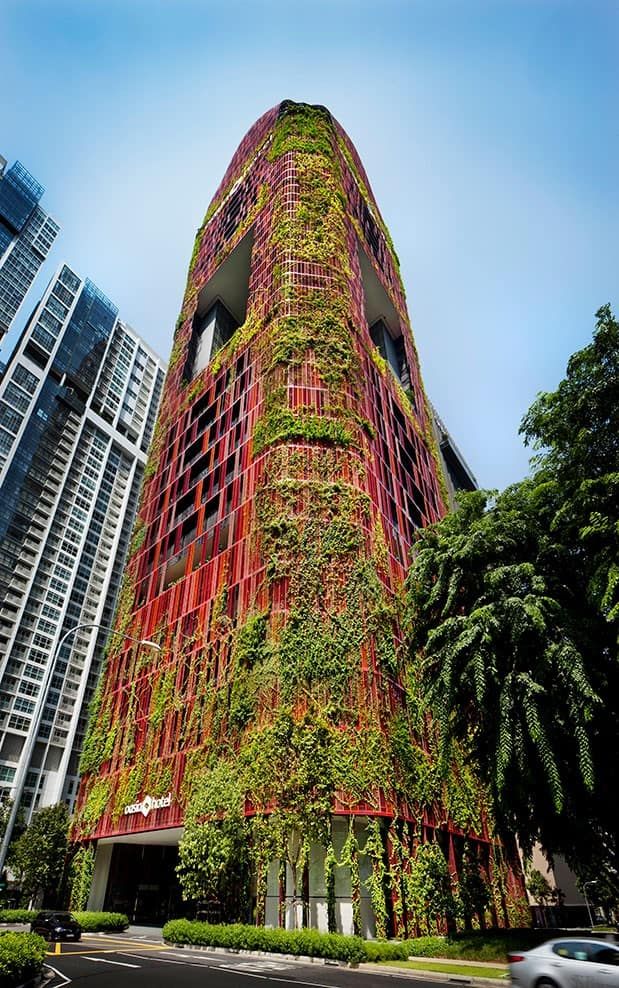
Vertical Gardens and Community Engagement: Building Green Neighborhoods for a Sustainable Future
Introduction
Urbanization and environmental degradation are pressing challenges in today’s world. To address these issues, the concept of vertical gardens and community engagement has emerged as a promising solution. This article explores the relevance and importance of this topic in the context of environmental sustainability and community development.
Historical Background
Vertical gardens have a long history, with examples found in ancient civilizations such as the Hanging Gardens of Babylon. However, it is in recent years that vertical gardens have gained traction in community settings. Pioneers like Patrick Blanc have contributed significantly to the development and popularization of vertical gardens as a viable solution to urban greening.
Key Concepts and Definitions
Vertical gardens involve growing plants vertically on walls or other structures. Community engagement entails the active participation of residents, local government, and stakeholders in decision-making processes. Building green neighborhoods means creating sustainable and eco-friendly communities that prioritize the integration of green spaces and nature into urban settings.

Benefits of Vertical Gardens in Community Engagement
Vertical gardens offer numerous benefits in community engagement. They improve air quality by reducing pollutants and enhancing oxygen production. These gardens also promote biodiversity by providing habitats for insects, birds, and other wildlife. Moreover, vertical gardens enhance the aesthetics of neighborhoods, creating visually appealing and vibrant spaces that instill a sense of pride and identity among residents.
Strategies for Building Green Neighborhoods through Vertical Gardens
Incorporating vertical gardens into community development projects requires careful planning and collaboration. Strategies may include the installation of green walls on buildings, the integration of rooftop gardens, and the creation of communal green spaces. Successful implementation necessitates the involvement of residents, local government agencies, and other stakeholders who share a common vision for a sustainable and green community.
Economic and Environmental Considerations
Vertical gardens offer economic benefits by reducing energy consumption. The greenery acts as a natural insulator, lowering the need for heating and cooling in buildings. Furthermore, vertical gardens can increase property values, attracting potential buyers or tenants who value sustainable living. However, it is important to address environmental considerations such as water usage and the use of sustainable materials in the construction of vertical gardens to ensure their long-term viability.

Case Studies or Examples
Numerous successful case studies demonstrate the positive impact of vertical garden projects on community engagement and the development of green neighborhoods. The Bosco Verticale in Milan, Italy, stands as an iconic example, showcasing the integration of vertical gardens in high-rise residential buildings. This project has not only improved the quality of life for residents but has also become a symbol of sustainable urban living.
Current Trends or Developments
Advancements in technology and innovative approaches are continually shaping the field of vertical gardens and community engagement. The use of hydroponics, automated irrigation systems, and green facades are some of the emerging trends that enhance the effectiveness and sustainability of vertical garden projects. Additionally, the concept of “pocket parks” is gaining popularity, incorporating small-scale vertical gardens into urban spaces to foster community engagement.
Challenges or Controversies
Despite the numerous benefits, vertical gardens and community engagement face certain challenges and controversies. Some argue that vertical gardens may be too expensive or resource-intensive to maintain. Concerns regarding the structural integrity of buildings and potential damage caused by plant growth also exist. Balancing the need for sustainable practices with practicality and cost-effectiveness remains a challenge.

Future Outlook
As society becomes increasingly aware of the importance of environmental sustainability, the future of vertical gardens and community engagement appears promising. Emerging technologies, policies promoting green infrastructure, and the growing interest in urban greening signify a positive outlook for this field. Collaboration between professionals, researchers, and community members will be crucial in shaping the future of vertical gardens and building truly green neighborhoods.
Conclusion
Vertical gardens and community engagement offer an innovative and sustainable solution to the challenges of urbanization and environmental degradation. By promoting biodiversity, improving air quality, and enhancing aesthetics, vertical gardens create green neighborhoods that foster a sense of community and pride. Moving forward, continued research, collaboration, and implementation of best practices will be vital in realizing the full potential of vertical gardens in building a sustainable future.
References
Blanc, P. (2008). The Vertical Garden: From Nature to the City. W. W. Norton & Company.
Raviv, M., & Lieth, H. (2008). Sustainable Urban Agriculture in a Vertical Wall System. Acta Horticulturae, 801, 297-302.
“Bosco Verticale.” Stefano Boeri Architetti. Retrieved from http://www.stefanoboeriarchitetti.net/en/project/bosco-verticale/
Dunnett, N., & Kingsbury, N. (2004). Planting Green Roofs and Living Walls. Timber Press.
“Pocket Parks: Bringing the Outdoors to Urban Spaces.” National Recreation and Park Association. Retrieved from https://www.nrpa.org/parks-recreation-magazine/2018/february/pocket-parks-bringing-the-outdoors-to-urban-spaces/




